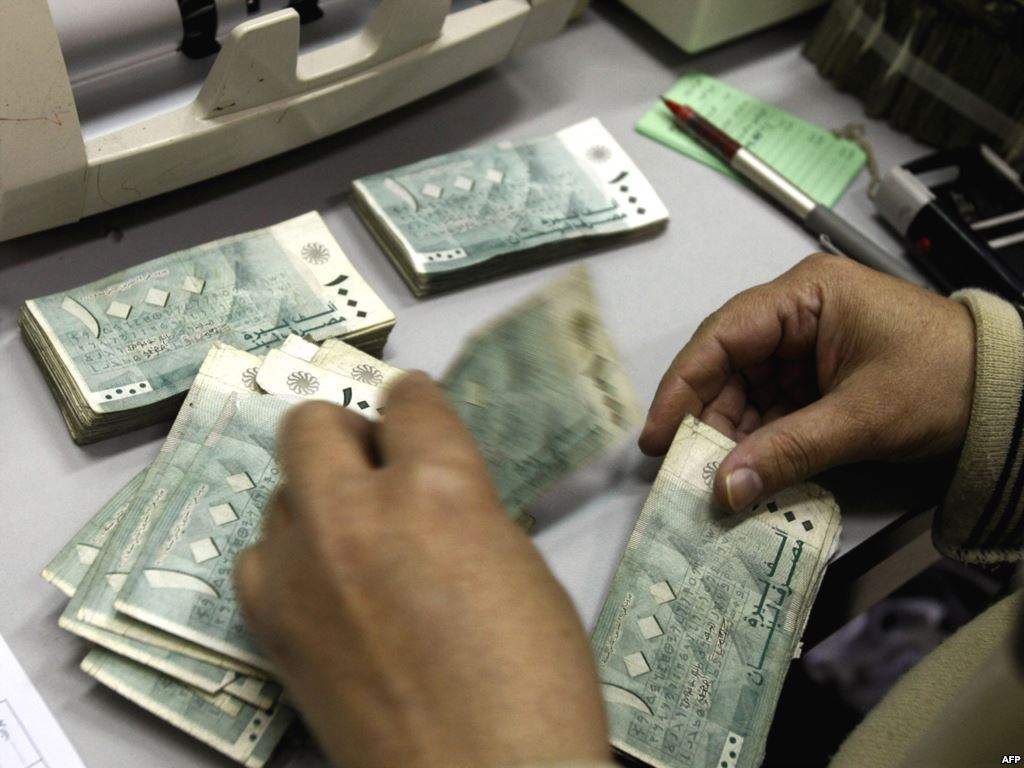By Babu Das Augustine, Banking Editor

Dubai: A weak economic environment, domestic political uncertainty, conflicts in the neighbourhood and government’s over-reliance on banks to fund deficits are expected to keep the banking sector outlook negative for the next 12 to 18 months.
“We expect the budget deficit to remain high at 8 per cent of GDP for 2015, with the government relying on the domestic banking sector for financing, we expect Lebanese banks’ operating environment to remain weak,” said Alexios Philippides, Moody’s lead analyst for Lebanese banks. “Credit exposure to the weakened Lebanese sovereign, as well as dampened profitability, remains key challenges.”
Lebanon’s GDP is forecast to grow at a modest 2.5 per cent in 2015, well below the 9 per cent average for 2007-10. On the fiscal side, according to the International Monetary Fund (IMF), exceptional factors allowed for a primary surplus in 2014, but without decisive action fiscal deterioration will continue in 2015.
The IMF estimates that the balance is expected to return to a deficit of almost 1.25 per cent of GDP in 2015, with public debt remaining high at 132 per cent of GDP.
In the context of the weakening fiscal situation, Moody’s expects Lebanese banks’ high and growing exposure to the Lebanese sovereign debt will remain a major source of credit risk.
“We estimate that, as of April 2015, direct exposure to Lebanese sovereign debt was equivalent to 2.6 times banks’ Tier-1 capital,” Philippides said. “In addition, banks have non-reserve deposits placed with the central bank and central bank certificates of deposit equivalent to a further estimated 2.8 times Tier-1 capital.”
The rating agency expects renewed asset quality pressure due to weakening real estate and construction sectors and softening house prices. Both supply and demand for credit is projected to moderate in 2015, leading to domestic credit growth of below 5 per cent, driven by a third central bank economic stimulus package of $1 billion (Dh3.67 billion) and against forecasted inflation of 0.8 per cent.
An increase in household indebtedness and low job creation together with the ageing of retail portfolios are expected to exert more asset quality pressures on retail loan portfolios.
Although retail loans, the main beneficiaries of the central bank’s stimulus, grew rapidly in 2013-14, but recent macro-prudential measures — such as a cap for monthly payments for all retail and housing loans at 45 per cent of a household’s income is expected to curtail loan growth.
Loan-loss provision expenses are expected to remain elevated at over 1 per cent of gross loans for the year and non-performing loans (NPLs) over 5 per cent of gross loans, from our estimate of 4 per cent at end-2014 for rated banks.
Lebanese banks’ profitability will be under pressure due to low fee income generation and weak net interest income growth, as well as elevated specific and higher collective loan-loss provisioning requirements.
Solid liquidity buffers and depositor-based funding are expected to support system stability over the outlook period. Lebanese banks’ reliance on market funding is minimal, as customer deposits fund more than 80 per cent of system assets. Inflows of remittances from the Lebanese diaspora, which are equivalent to 15 to 20 per cent of GDP on an annual basis, will continue to drive growth in bank deposits.
Potential funding weaknesses for Lebanese banks include their considerable reliance on dollars, which made up 65 per cent of deposits as of year-end 2014, while 21 per cent of deposits are sourced from non-residents. However, risks are partially mitigated by solid liquidity buffers, with banks’ core liquid assets amounting to 20 per cent of total assets as at end-2014.
Lebanese bank’s international placements and securities and central bank foreign-currency reserves cover 55 per cent of foreign-currency deposits.
Despite the challenging conditions, Moody’s expects Lebanese banks to continue to grow their stable deposit funding bases over the outlook period. Customer deposits represent more than 80 per cent of system liabilities and are supported by inflows of remittances from the Lebanese diaspora.



